Art
Pleasure in nonsense: 100 years of Dadaism
100 years ago, met international artists and writers in Zurich, to a new movement: Dadaism. Their anti-art was a response to the insanity of the war.
-
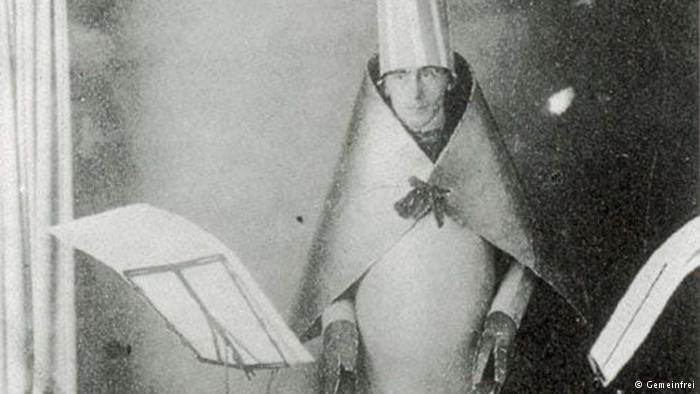
Hugo Ball
On 5. February 1916 zettelten the Dadaists, an artistic Revolution. In the “Cabaret Voltaire”, in an alley of the kriegsneutralen Zurich, they were gathered together. Had invited the singer Emmy Hennings, and the aspiring Poet Hugo Ball (1886-1927). In cubist disguise he wore his Dadaist Lautgedicht: “Jolifanto bambla ô falli bambla” sounded from the stage.
-

Arp, Tzara, Richter
The First world war had Hans Arp (1886-1966), Tristan Tzara (1896-1963), Hans Richter (1888-1976) in Zurich brought together. The senseless mass death, they wanted to artistically process and put him in the Dadaist mischief: Simultangedichte, raucous entertainment, attacks on the Church, the art of chance.
-

Richard Huelsenbeck
Richard Huelsenbeck (1892-1974) moved there as a conscientious objector to Zurich. There belonged to the Psychoanalyst and Poet the Dada circle of the first hour. Back in Berlin, he gave in 1920, the Dada almanac including Manifest out. He became famous also by Simultangedichte, the “sense of the Durcheinanderjagens of all things” to summon, as he put it in the Manifesto of Dadaism describes.
-
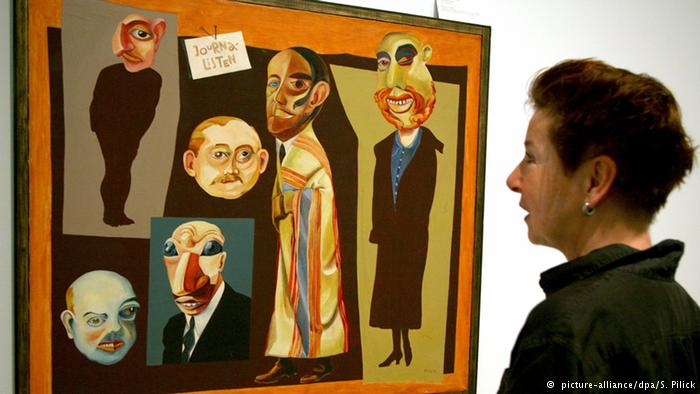
Hannah Höch
The Dadaists rebelled against the traditional definition of art. They referred to the dream and the magic of the Alogischen. New materials and the penchant for the Imperfect also brought a new visual language out: Hannah Höch (1889-1978) was one of the artists that the Collage and the photomontage dedicated. So you wanted the reality, alienating and paradoxical relationships between documents.
-
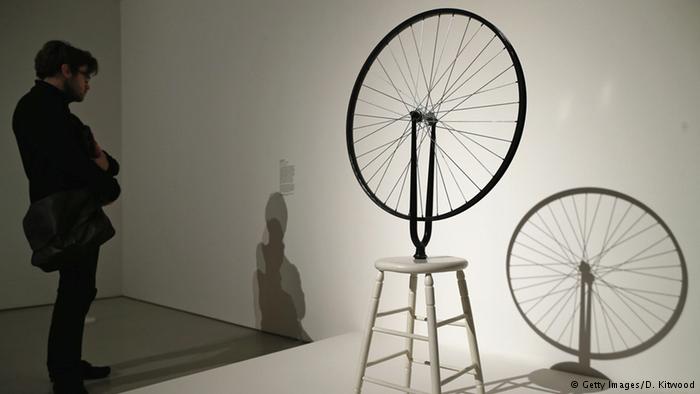
Marcel Duchamp
“Ready-mades” called Marcel Duchamp (1887-1968), his art: He turned the urinals into the Museum, and baptized them ironically “fountain”, or ennobled a wheel on a stool, a work of art. But also as a painter, he revolutionized everything that has gone Before: He painted the Mona Lisa after and missed her a mustache. His “act, a flight of stairs descending from the theater” turns the woman into a machine in motion.
-
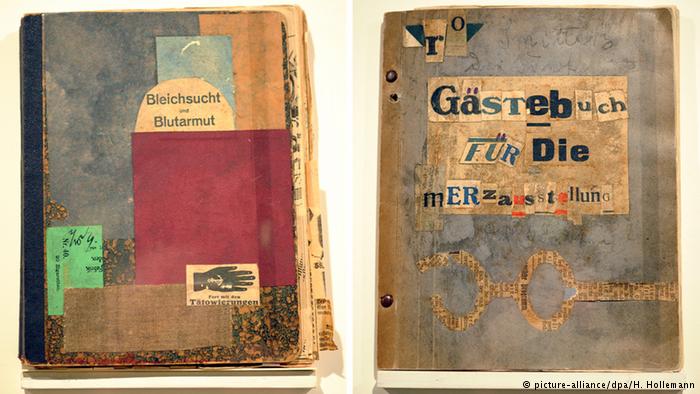
Kurt Schwitters
In Hanover, Kurt Schwitters (1887-1948) for Solo-Dada-Star: He invented his own style of art “Merz”. The word is what was left over in a Montage from “Private and Commerzbank”. Henceforth, he created Merzbauten: cave-like Verhaue of wood, plaster, and paint. Or he created a Merzrevue, in his poems “to Anna flower” or the “Sonata in Urlauten” published.
-
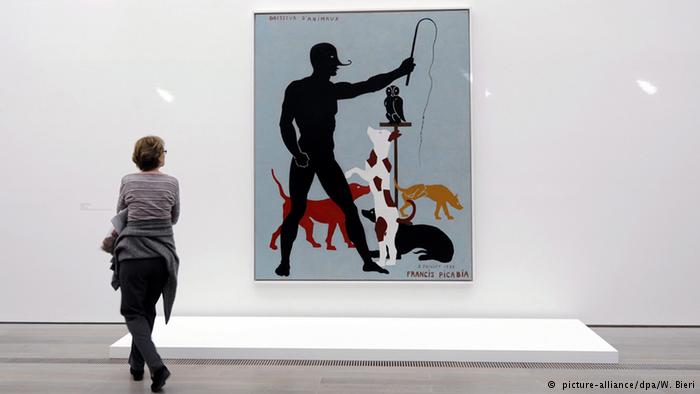
Francis Picabia
The French avant-garde artist Francis Picabia (1879-1953) was a style – and Methodenspringer. He began as an Impressionist, moved on to cubism, finally ended up at Dada and then in surrealism. His painting is full of allusions to dreams and repressed urges, as well as in the work, “trainer d’Animaux” (1923).
-
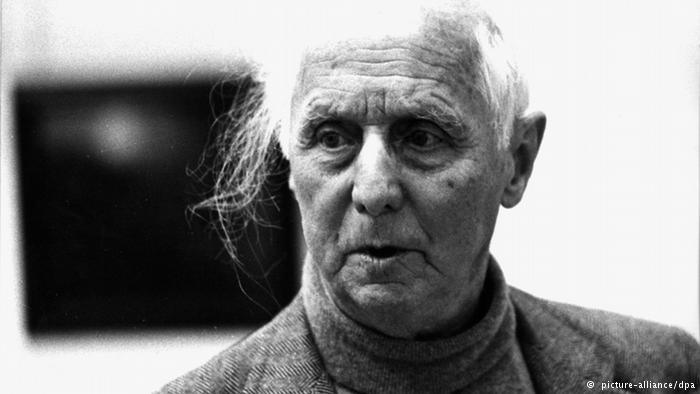
Max Ernst
In Cologne drove Max Ernst (1891-1978) as “Dadamax” his mischief. He experimented with new techniques and got to mundane things in his works: Hammer, wood, screwdriver. Such images contributed to the title, such as “fruit of a long experience”. Also he assimilated his experience of war, by he projectiles, bombs and Fliegercockpits from magazines Frontberichten in his works of art integrated.
-

Man Ray
The American Man Ray (1890-1976) is one of the most important representatives of Dadaism, where the Transition to the surrealism in it is fluent. He also created the absurd alliances in his works: Oversized tears flowing from the faces, Clef, and lay down on the curved hips of an enigmatic Beautiful. He became famous by his portraits of avant-garde colleagues.
-
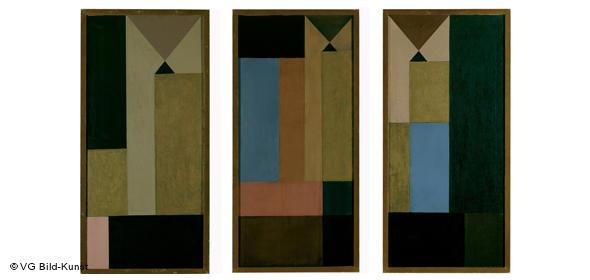
Sophie Taeuber-Arp
Temporarily she loved Dancing more than making art. During her performances in the “Cabaret Voltaire” stand Taeuber (1889-1943) is masked on the stage. Her paintings are full of strict geometric shapes. Circles, squares, rectangles, brought in cheerful colors to Shine. Provocative, their art was not. In the circles of the Dadaists, she met her future husband Hans Arp know.
-
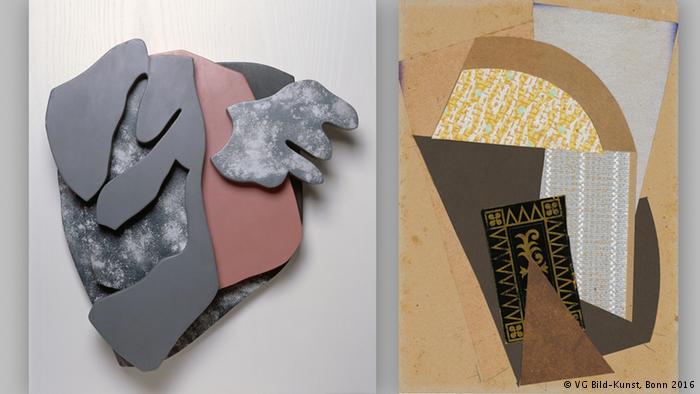
Hans Arp
Also the German-French artist Hans Arp (1886 – 1966) was in several disciplines active: He painted, made sculptures and wrote poetry. His works consist of collages and woodcuts. Often he worked together with his wife. It took the concept of an impersonal art to create not only a copyright. In Cologne, he works with Max Ernst.
-
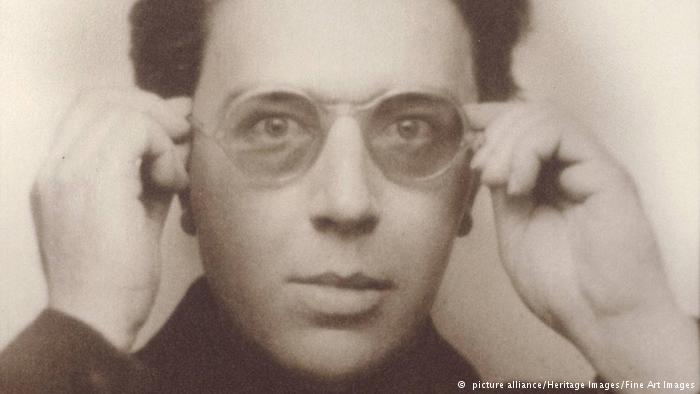
André Breton
The author of the surrealist Manifesto, André Breton (1896-1966), studied in Paris, Tristan Tzara know. The Romanian was something like the Dada Propagandist. Together they invited to Dada actions. Breton published texts of the Dadaists in the magazine “Littérature”. Gradually, the movement found in Paris more and more followers. But as a Breton to be dominant was split in the Dadaist group.
Author: Sabine Oelze
-
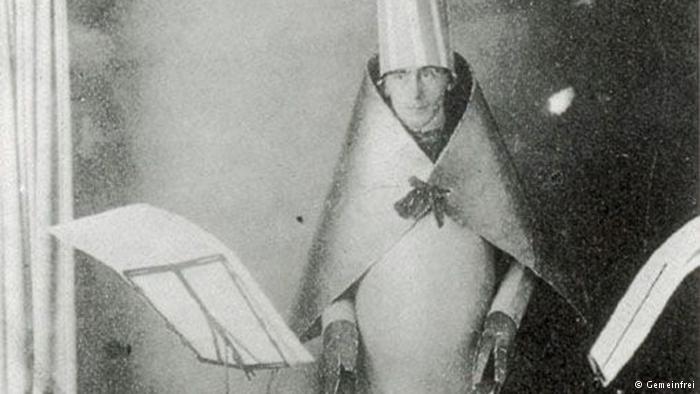
Hugo Ball
On 5. February 1916 zettelten the Dadaists, an artistic Revolution. In the “Cabaret Voltaire”, in an alley of the kriegsneutralen Zurich, they were gathered together. Had invited the singer Emmy Hennings, and the aspiring Poet Hugo Ball (1886-1927). In cubist disguise he wore his Dadaist Lautgedicht: “Jolifanto bambla ô falli bambla” sounded from the stage.
-
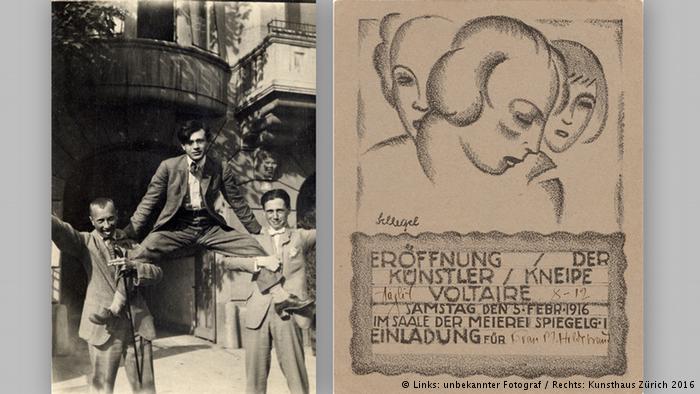
Arp, Tzara, Richter
The First world war had Hans Arp (1886-1966), Tristan Tzara (1896-1963), Hans Richter (1888-1976) in Zurich brought together. The senseless mass death, they wanted to artistically process and put him in the Dadaist mischief: Simultangedichte, raucous entertainment, attacks on the Church, the art of chance.
-
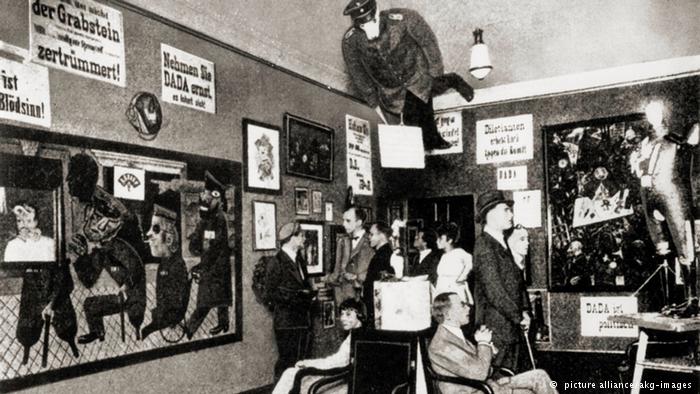
Richard Huelsenbeck
Richard Huelsenbeck (1892-1974) moved there as a conscientious objector to Zurich. There belonged to the Psychoanalyst and Poet the Dada circle of the first hour. Back in Berlin, he gave in 1920, the Dada almanac including Manifest out. He became famous also by Simultangedichte, the “sense of the Durcheinanderjagens of all things” to summon, as he put it in the Manifesto of Dadaism describes.
-
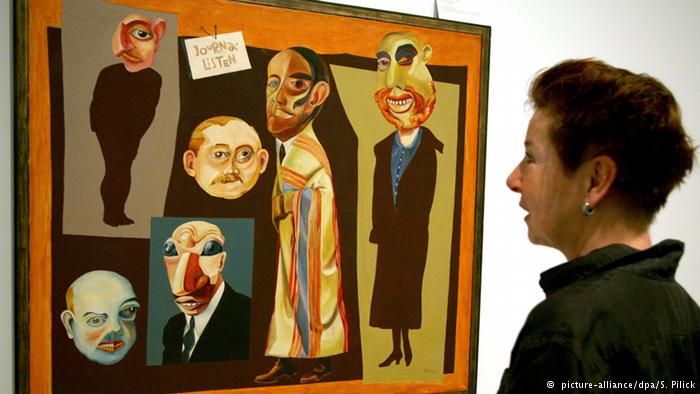
Hannah Höch
The Dadaists rebelled against the traditional definition of art. They referred to the dream and the magic of the Alogischen. New materials and the penchant for the Imperfect also brought a new visual language out: Hannah Höch (1889-1978) was one of the artists that the Collage and the photomontage dedicated. So you wanted the reality, alienating and paradoxical relationships between documents.
-

Marcel Duchamp
“Ready-mades” called Marcel Duchamp (1887-1968), his art: He turned the urinals into the Museum, and baptized them ironically “fountain”, or ennobled a wheel on a stool, a work of art. But also as a painter, he revolutionized everything that has gone Before: He painted the Mona Lisa after and missed her a mustache. His “act, a flight of stairs descending from the theater” turns the woman into a machine in motion.
-

Kurt Schwitters
In Hanover, Kurt Schwitters (1887-1948) for Solo-Dada-Star: He invented his own style of art “Merz”. The word is what was left over in a Montage from “Private and Commerzbank”. Henceforth, he created Merzbauten: cave-like Verhaue of wood, plaster, and paint. Or he created a Merzrevue, in his poems “to Anna flower” or the “Sonata in Urlauten” published.
-
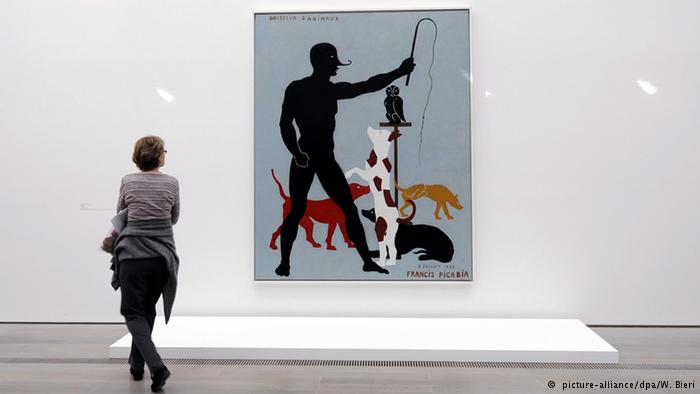
Francis Picabia
The French avant-garde artist Francis Picabia (1879-1953) was a style – and Methodenspringer. He began as an Impressionist, moved on to cubism, finally ended up at Dada and then in surrealism. His painting is full of allusions to dreams and repressed urges, as well as in the work, “trainer d’Animaux” (1923).
-
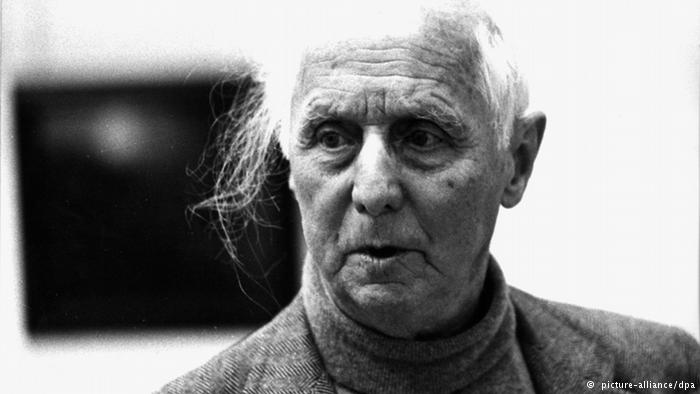
Max Ernst
In Cologne drove Max Ernst (1891-1978) as “Dadamax” his mischief. He experimented with new techniques and got to mundane things in his works: Hammer, wood, screwdriver. Such images contributed to the title, such as “fruit of a long experience”. Also he assimilated his experience of war, by he projectiles, bombs and Fliegercockpits from magazines Frontberichten in his works of art integrated.
-

Man Ray
The American Man Ray (1890-1976) is one of the most important representatives of Dadaism, where the Transition to the surrealism in it is fluent. He also created the absurd alliances in his works: Oversized tears flowing from the faces, Clef, and lay down on the curved hips of an enigmatic Beautiful. He became famous by his portraits of avant-garde colleagues.
-

Sophie Taeuber-Arp
Temporarily she loved Dancing more than making art. During her performances in the “Cabaret Voltaire” stand Taeuber (1889-1943) is masked on the stage. Her paintings are full of strict geometric shapes. Circles, squares, rectangles, brought in cheerful colors to Shine. Provocative, their art was not. In the circles of the Dadaists, she met her future husband Hans Arp know.
-
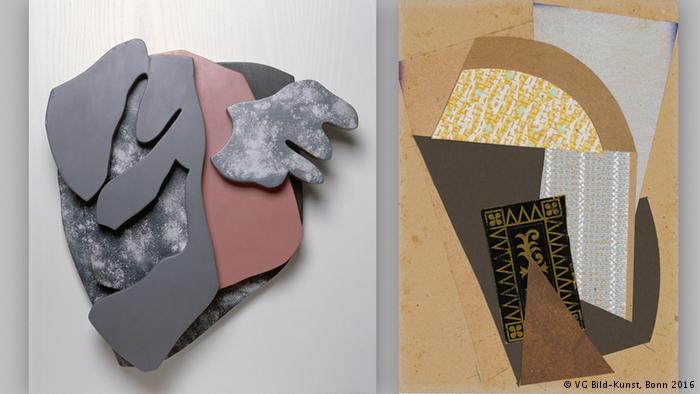
Hans Arp
Also the German-French artist Hans Arp (1886 – 1966) was in several disciplines active: He painted, made sculptures and wrote poetry. His works consist of collages and woodcuts. Often he worked together with his wife. It took the concept of an impersonal art to create not only a copyright. In Cologne, he works with Max Ernst.
-

André Breton
The author of the surrealist Manifesto, André Breton (1896-1966), studied in Paris, Tristan Tzara know. The Romanian was something like the Dada Propagandist. Together they invited to Dada actions. Breton published texts of the Dadaists in the magazine “Littérature”. Gradually, the movement found in Paris more and more followers. But as a Breton to be dominant was split in the Dadaist group.
Author: Sabine Oelze
As Hugo Ball, Tristan Tzara and Marcel Janco at the 5. February 1916 in Spiegelgasse 1 in Zurich meet, they want nothing Less to do, as an artistic revolt to start. Her “Cabaret Voltaire” this evening reasons, is a mixture of pub, theatre, Lesebühne, gallery and Club. Every evening we invite you for this year in your rooms upstairs to events whose character is difficult to comprehend. It is played, recited, intoned. A historic photograph shows how anarchic it was done in the “Cabaret Voltaire”: Hugo Ball, German artist and pioneer of the Lautgedichts, stands in a cubist disguise, a mix of harlequin and Astronaut recalls, on the stage. Out of his mouth penetrate nonsense words: “Blago bung, basso fataka. Schampa wulla wussa…”
The birth of the Dada struck in Zurich

Here he took Dadaism to its beginning: in the Cabaret Voltaire in Zurich
Anyone who did not know that this evening officially announced the birth of Dadaism suggested, had as in a lunatic asylum have felt. Or as in a Kindertheateraufführung. The Dadaists wanted a new art to create, or better said: an anti-art. That your meeting place after the French enlightener Voltaire named, was certainly no coincidence. His famous novel “Candide, or the best of all worlds” is a parody of the search for meaning and understanding. In the best of all worlds to life, at least for the Dadaists already long nothing more than window-dressing. Europe was for two years in a devastating world war: mass murders and battles were the order of the day. From many Parts of the world, from Cologne, Berlin, New York, Paris, Moscow or Budapest, came the artists into neutral Zurich. No art movement was international. So individualistic, its members were, it United you the desire, the irrational slaughter on the fields of honor, an artistic response to counter.
Dadaism as an anarchic response to the First world war
Hugo Ball was the spiritual father of Dadaism. He wrote the wonderful nonsense-poems – in which the consonants and vowels hanged were making no sense. He also invented the name of this anarchic art movement. When you scroll in a German-French dictionary met Hugo Ball and his Künstlerkollege Richard Huelsenbeck on the Kinderwort Dada, as much as Holzpferdchen means. Now, the artist is thrilled. Because you want to start from scratch, like a child to behave, to learn new ways of paradox and the play instinct free rein. All the more appropriate, because there is still the absurdity of the Name increases, that is also a Swiss Kopfwasser against hair loss of the name “Dada”.
Dada was an attack on the customized middle class
Their anti-art grip of the bourgeois Canon of values and his ideals. Marcel Duchamp painted in 1919, a Mona Lisa with a mustache. Max Ernst, also “Minimax-Dadamax”, sets me to his Catholic youth in Cologne apart: His painting “The virgin chastises the infant Jesus in the presence of three witnesses,” shows Mary, the naked Jesusknaben belly down on your lap, which raises the whip to your son the butt to spank. That was pure atheism in Oil on canvas. Sophie Taeuber, the later the Dadaists Hans Arp married, moved right to the Dancing and refrained for a time on the Paint. That too was a Form of protest, the pigeonholing of the past in favor of a Gesamtkunstwerkidee store.
From Zurich to the world
From Zurich rave about the Dadaists in the world, and conquered even the province: Tristan Tzara made Propaganda for the new art in Paris, and took André Breton into the boat. Kurt Schwitters made in the civil of Hanover works of art from paper, wood, cloth, metal sheet, wire or Sackkleinwand. For this imagery, that much was clear, were not academic skills or craftsmanship required. How important Kurt Schwitters Humor was, showed his poems. “Anna Blume” and the “Sonata with Urlauten” are musical poetry. Because of him, the entrance to the Berlin Club of the Dadaists was denied, he founded in Hanover, a own Dada-section and she called Merz. Merz was for him a Antiideologie. And Merz is as bedeutungsleeres word such as Dada, a meaningless sequence of letters. It comes from a Collage, Schwitters, a newspaper customized. He cut-and-pasted. What remained was the word Merz, how mutilated. For Schwitters was Merz to a belief, from the he the Merzbau, the Merzrevue and a Merz stage created.

Art, not for art looks like: The urinal of Marcel Duchamp
Ever experimental, the Dadaist
Dada had many homes: In Berlin, attacked the Dadaists of Church and state. Raoul Hausmann wrote there his “Pamphlet against the Weimarische Outlook on life”. In Paris made Marcel Duchamp created a sensation. Already in 1918, he paints his last paintings. Instead, he makes a urinal or a Bicycle wheel on a Pedestal in a Museum – mundane things, which he called “Readymades” adelte. In the Film, created by Hans Richter with Transitions, a new Aesthetic, the Experimental in the foreground. All of these irrational works of art were a revolt against the false morality and against the large policy, with the mind not to grasp. As André Breton, became known as the Surrealist movement in Paris to dominate threatened, drove a wedge between the Dadaists and the movement evaporated. Like a hair tonics that gradually its fragrance loses.
2016 to celebrate numerous museums, Dadaism. Ahead
Zurich, throughout the year, with exhibitions, Theater and dance performances in a kind of dadaistic noise goes. The
Arp-Museum Rolandseck reminiscent of “Genesis of Dada” to the emergence of the movement.


























